How to Layer Your Skincare Products for Maximum Effectiveness
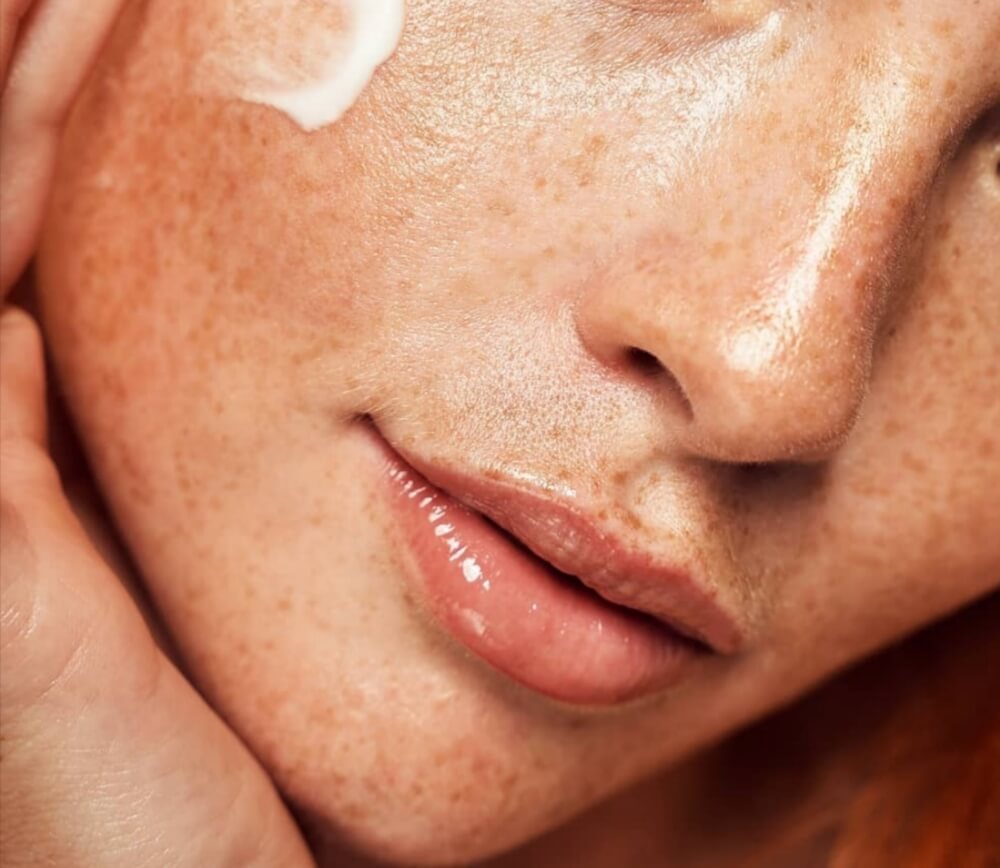
While it’s not the end of the world if you apply your skincare products in the wrong order, knowing how to properly layer your products will significantly enhance the results that you see from your routine. Likewise, layer your products incorrectly and the opposite will happen – your skincare products won’t be able to work to their full potential, decreasing the efficiency of your entire skincare regimen.
So, how exactly should you be layering your skincare products for maximum effectiveness? Read on as Vine Vera explains!
Always Start With a Cleanser
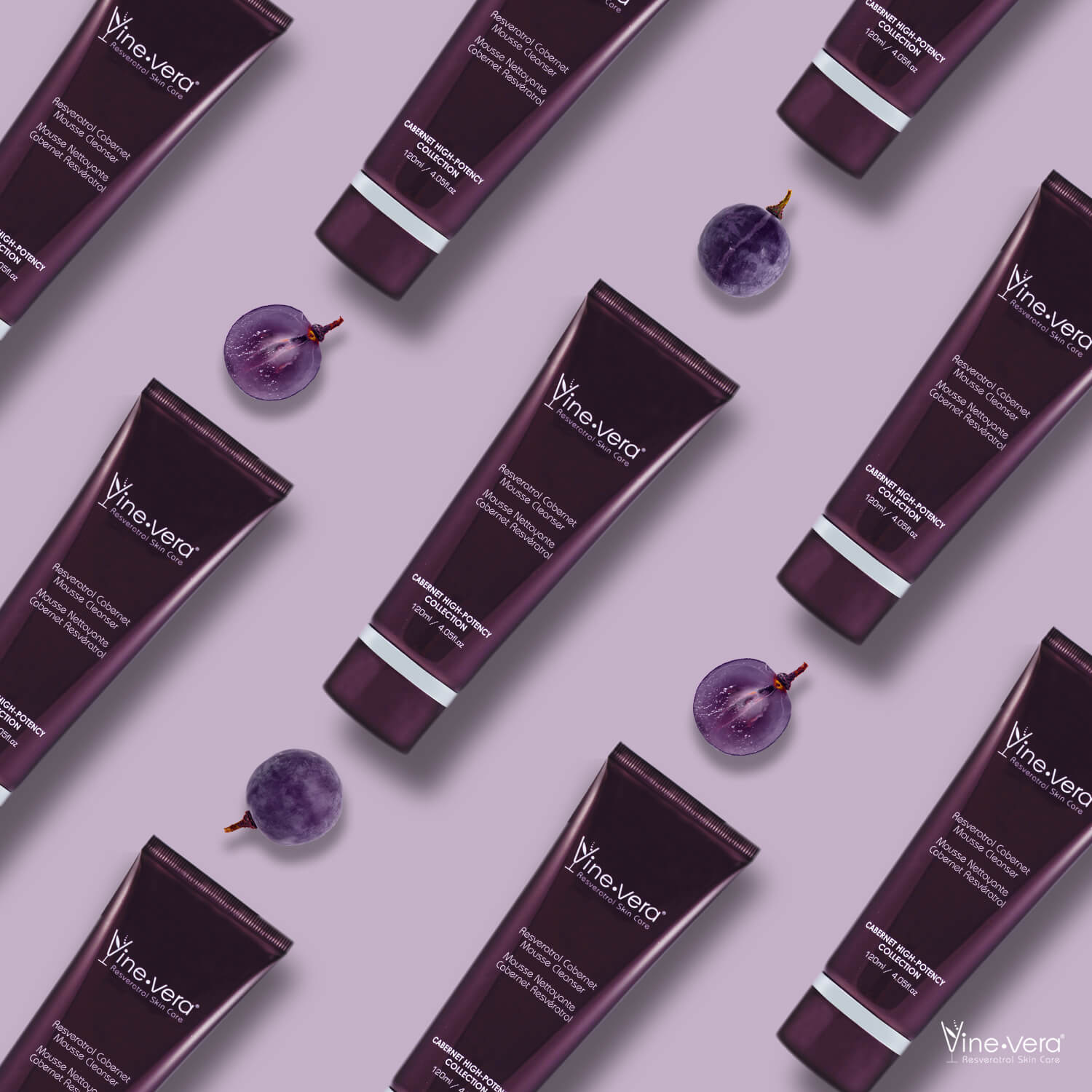
The very first step of any skincare routine, before you even begin to think about layering your skincare products, should be to cleanse your skin. If you don’t cleanse, the subsequent layers don’t really matter because none of your products will be able to penetrate your skin properly. Instead, they’ll be blocked by the layer of dirt, sebum, and other impurities that coat the skin’s surface. They’ll end up sitting atop this layer, leading to congestion and breakouts rather than a glowing complexion.
If you only use one cleanser, then this step is simple; cleanse your skin and then move on to the next stage of your skincare routine. However, if you plan on double cleansing, which can be great for giving the skin a deeper and more thorough cleanse, you’ll need to know how to layer the two cleansers you’re using.
Fortunately, this is easy. Always start with an oil-based cleanser and then, once this has been rinsed off, immediately apply a water-based cleanser, like the Vine Vera Resveratrol Cabernet Mousse Cleanser.
Exfoliation Comes Next
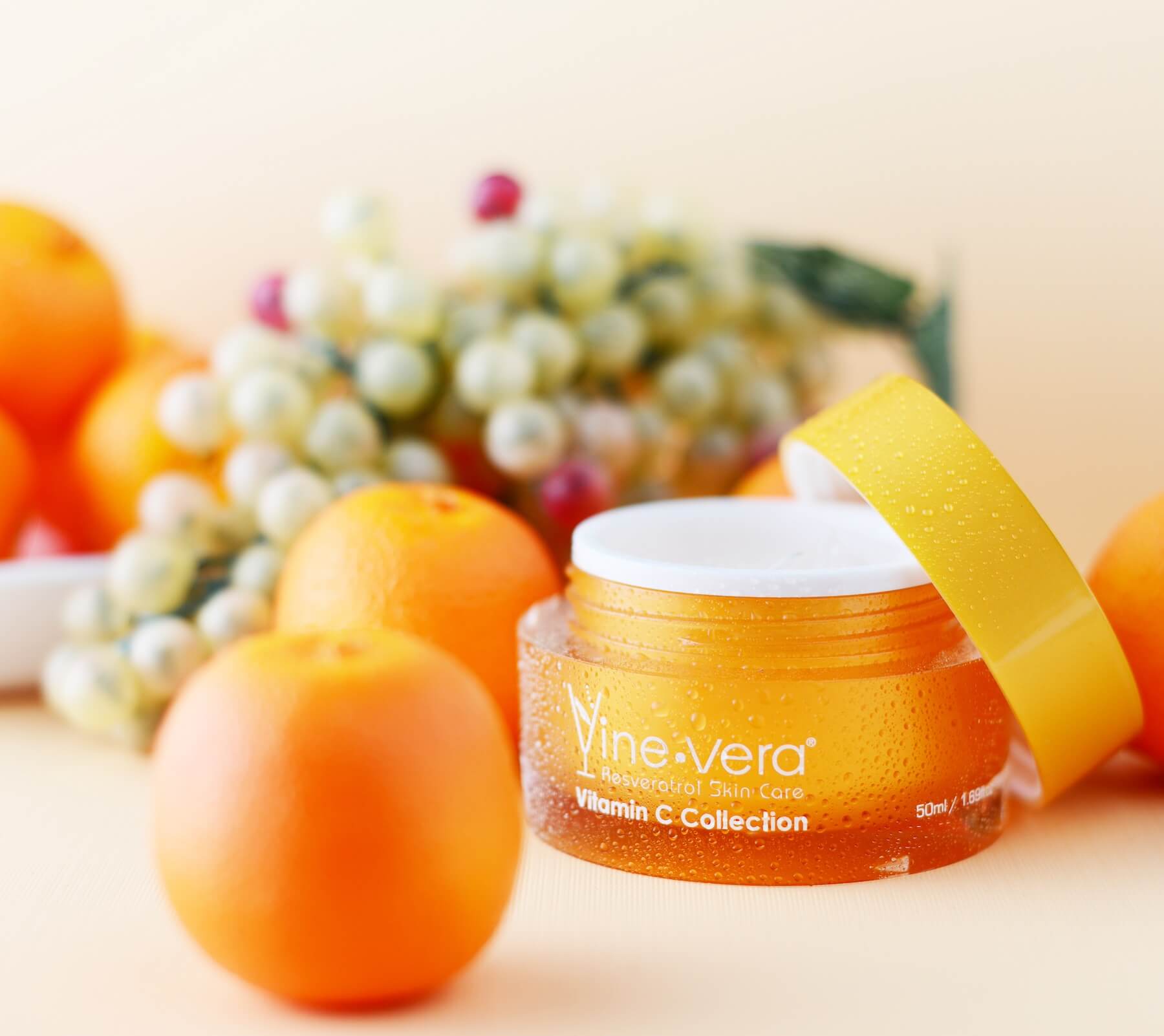
An exfoliator is similar to a cleanser, with the main difference being that its ingredients are more powerful. This allows them to dive into the pores, releasing blockages and other impurities that happen to be lingering. Exfoliation will remove the deeper-seated substances that your cleanser can’t reach.
So, why exfoliate after cleansing instead of before? Couldn’t you just skip the cleanser and exfoliate instead? Not if you want to see the very best results from both products. As we mentioned above, your other skincare products won’t be able to work properly if you don’t cleanse your skin first, and this includes your exfoliator. Sure, exfoliators have cleansing properties too but you want those to work in your pores. If you don’t cleanse your skin first, your exfoliator will end up concentrating on the impurities on your skin’s surface, leaving your pores just as clogged as ever.
Of course, choosing the right exfoliator is crucial too. Go with a formula that’s too weak and it won’t do much. Meanwhile, an overly aggressive exfoliator will only irritate your skin and prevent it from absorbing the rest of your products properly. The perfect exfoliator, on the other hand, like the Vine Vera Resveratrol Vitamin C Peeling, will clear out your pores without causing any irritation, making it easy for the rest of your skincare layers to sink into your skin.
Prescription Products Should Sit Near to Your Skin
Usually, when it comes to layering skincare, the light-to-heavy rule is followed, which we’ll soon talk about more. However, prescription skincare products are the exception.
Whether you’re using a prescribed ointment for acne, a prescribed cream for rosacea, or anything else that your doctor/dermatologist has given you, this should usually be applied directly to freshly cleansed skin. Those ingredients need to have easy access to your skin cells. Applying any other products before them would only inhibit the absorption of your prescription products. This will prevent them from working properly, meaning that it will take longer for you to see results.
Layering Toners, Essences, and Serums
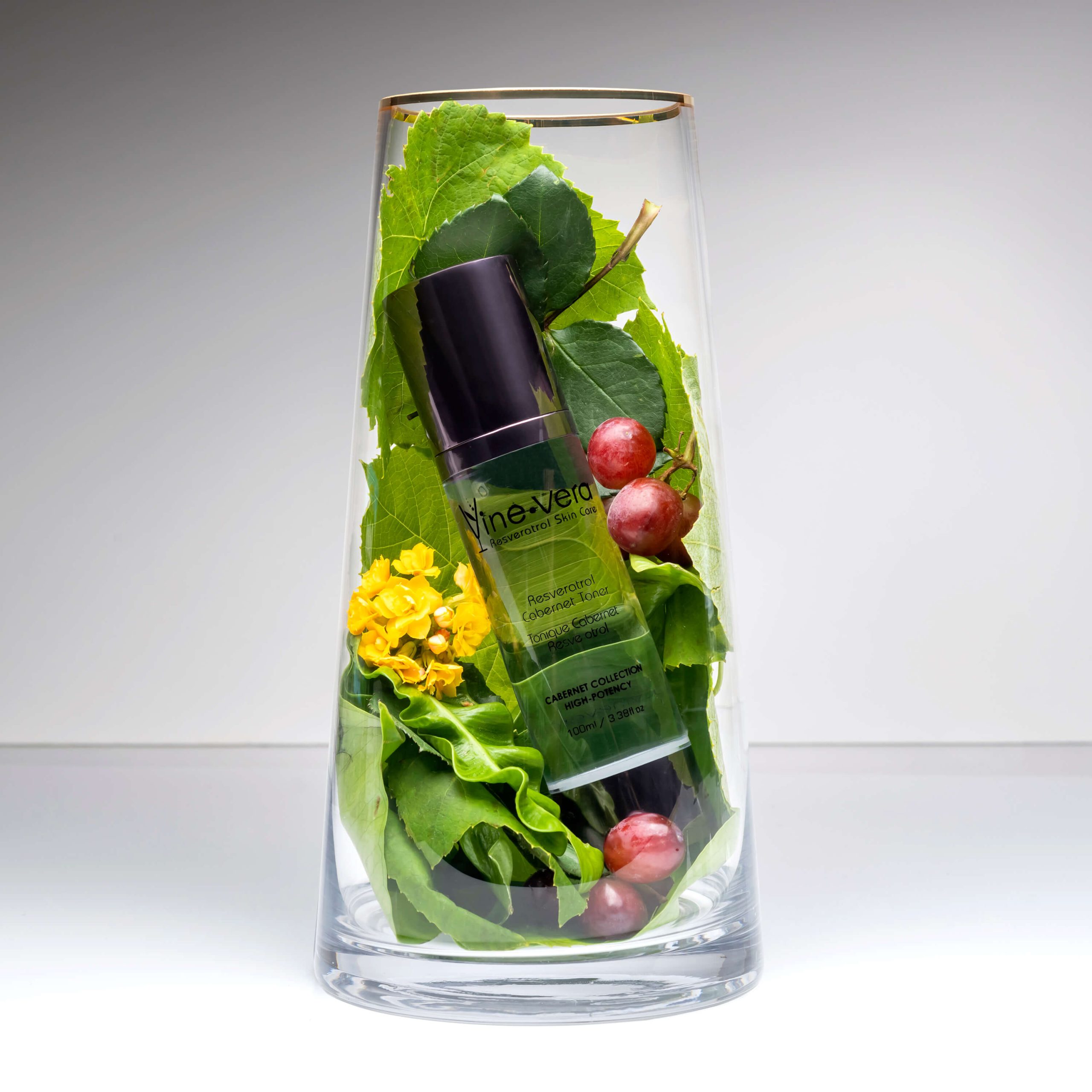
As we mentioned above, the light-to-heavy rule is the best one to follow if you want to ensure that your skincare is correctly layered. This means that the lightest and thinnest of your products is applied first, after which you work your way up to the thickest and heaviest. However, with toners, essences, and serums often having a very similar consistency, how do you go about layering them?
Let’s start with toners. This is a product that is designed to rebalance the pH level of the skin’s surface after cleansing or exfoliating. Using a toner will leave your skin feeling more receptive to the rest of your skincare products, which is why this should be the first layer that you apply. Ideally, pick a formula that offers a few additional benefits too, just like how the Vine Vera Resveratrol Cabernet Toner is incredibly hydrating.
Essences come next. These products are lighter than serums and don’t usually contain quite as many ingredients.
When it comes to serums, layering can get a little complicated if you’re using two or three. Again, the best way forward is to go with the light-to-heavy rule. This will allow your lighter serums to penetrate your skin without being blocked by any heavier blends. With that said, if you’re using a serum with powerful actives, like Vine Vera’s Resveratrol Vitamin C Serum, you may want to apply that formula first. This way, it will sit nearer to your skin cells, allowing those active ingredients easier access.
Sandwich Your Eye Cream Between Your Serum and Moisturizer
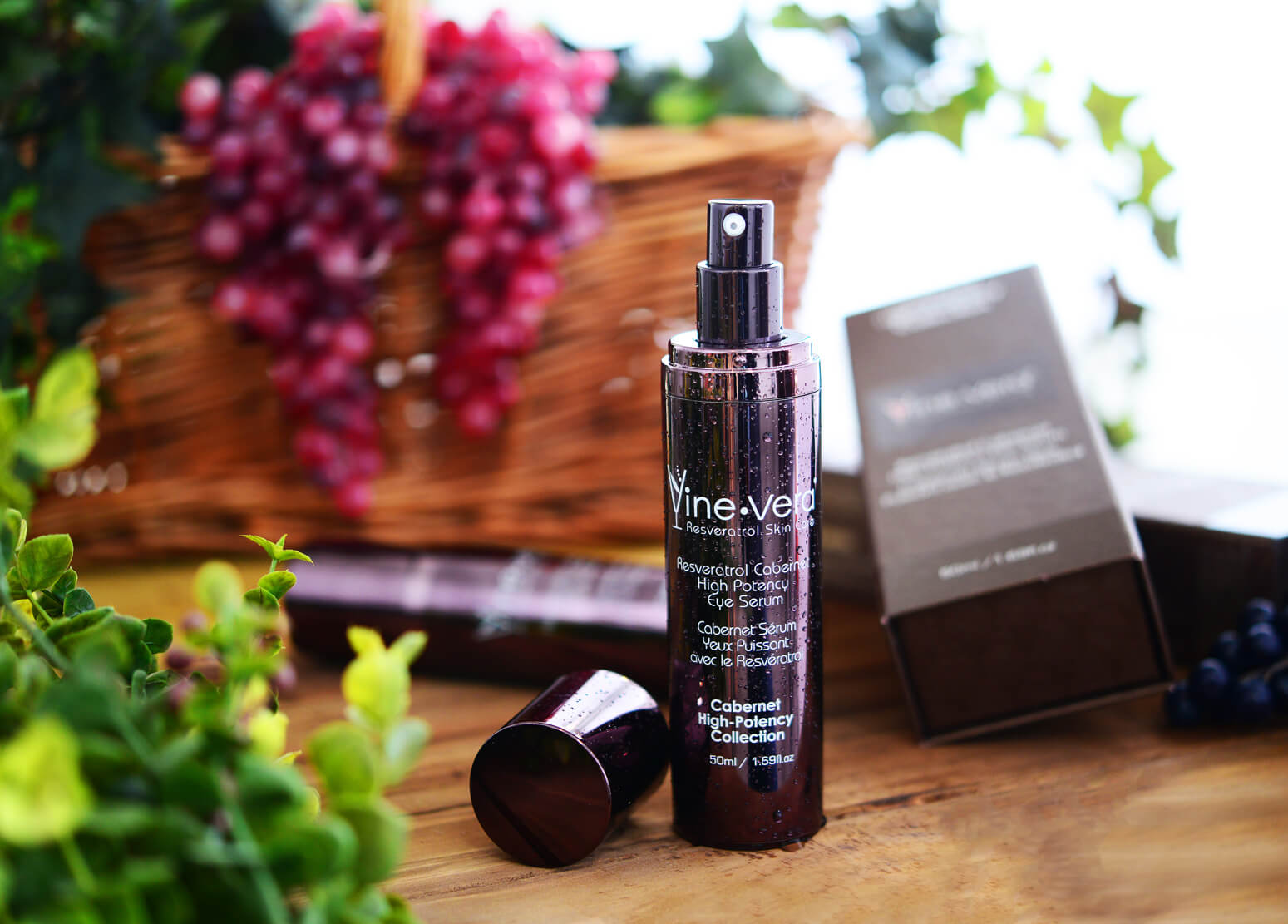
Where do eye creams fit into the order of things? Ideally, an eye cream should be applied after you’ve applied your serums but before you moisturize. Why? Because eye creams are thicker than serums yet lighter than facial moisturizers.
If you’re planning on using both an eye serum as well as an eye cream, apply the eye serum first. Then, top this off with your eye cream. The cream will lock in all of the beneficial ingredients in the serum, enhancing their effects.
Layering Your Moisturizer and SPF
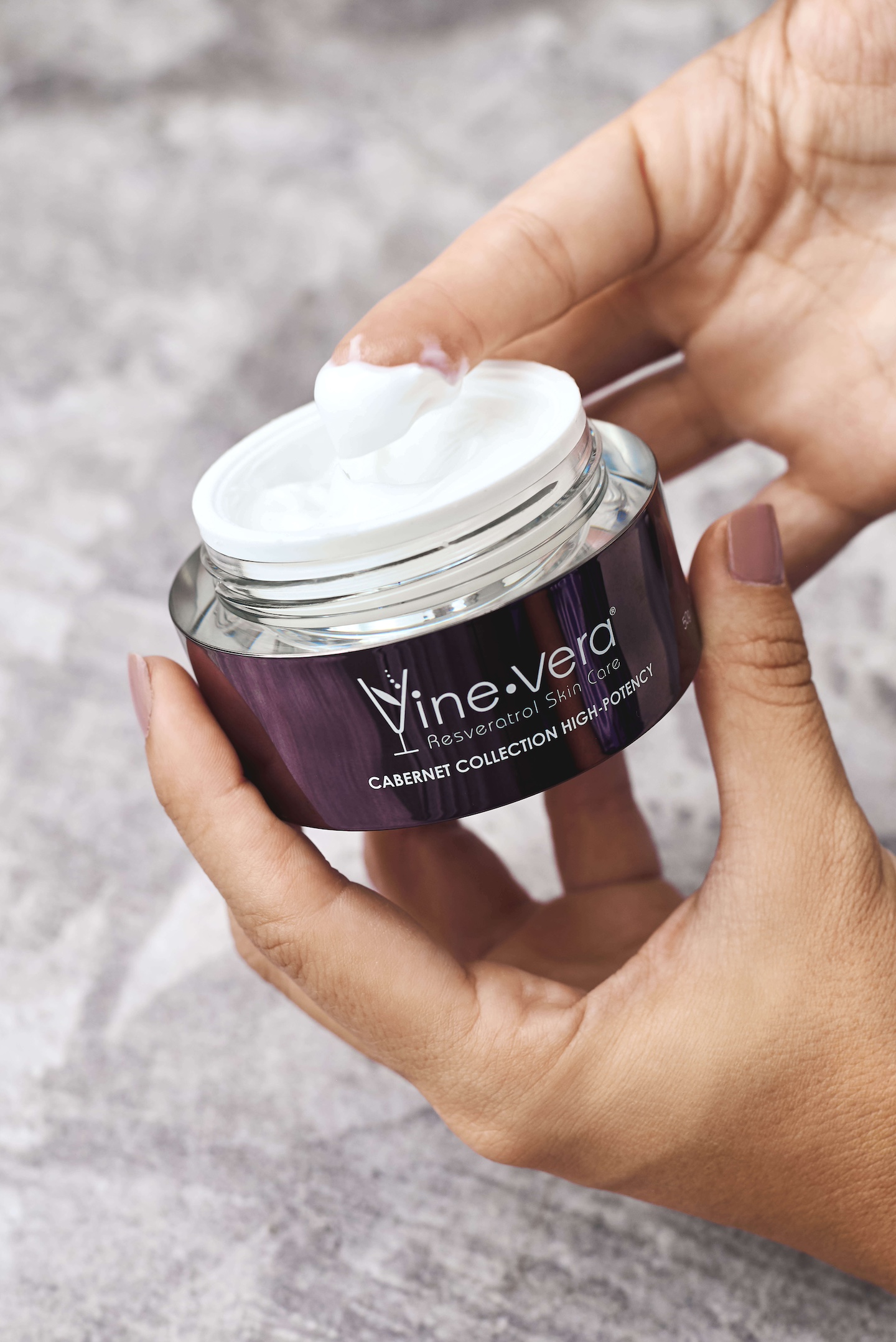
The two heaviest products in a skincare routine tend to be a moisturizer and sunscreen. Both often have a similar consistency, so which one goes first?
This all depends on the type of sunscreen you’re using. Chemical sunscreens and mineral sunscreens work in very different ways. For the best results, a chemical sunscreen should be applied underneath your moisturizer, whereas a mineral sunscreen should be applied over the top. Layering your sunscreen in this way will allow it to work to its full potential.
Of course, you could also skip this confusion by opting for an SPF moisturizer. These two-in-one formulas, like the Vine Vera Resveratrol Cabernet Replenishing Moisture Cream SPF 30, make layering skincare products much easier. With this cream, you’ll be able to moisturize as well as protect your skin from the sun, all in one layer. The best part? Our SPF moisturizer is also loaded with antioxidants. This means that it’s also great for repairing the appearance of any sun damage that has already occurred.
What about if you want to double moisturize in the evenings? This can be helpful if your skin is severely dry or dehydrated. If this is the case, go with the light-to-heavy rule once again. Start with the moisturizer that feels thinner and then layer the thicker cream over the top.
What About Face Masks?
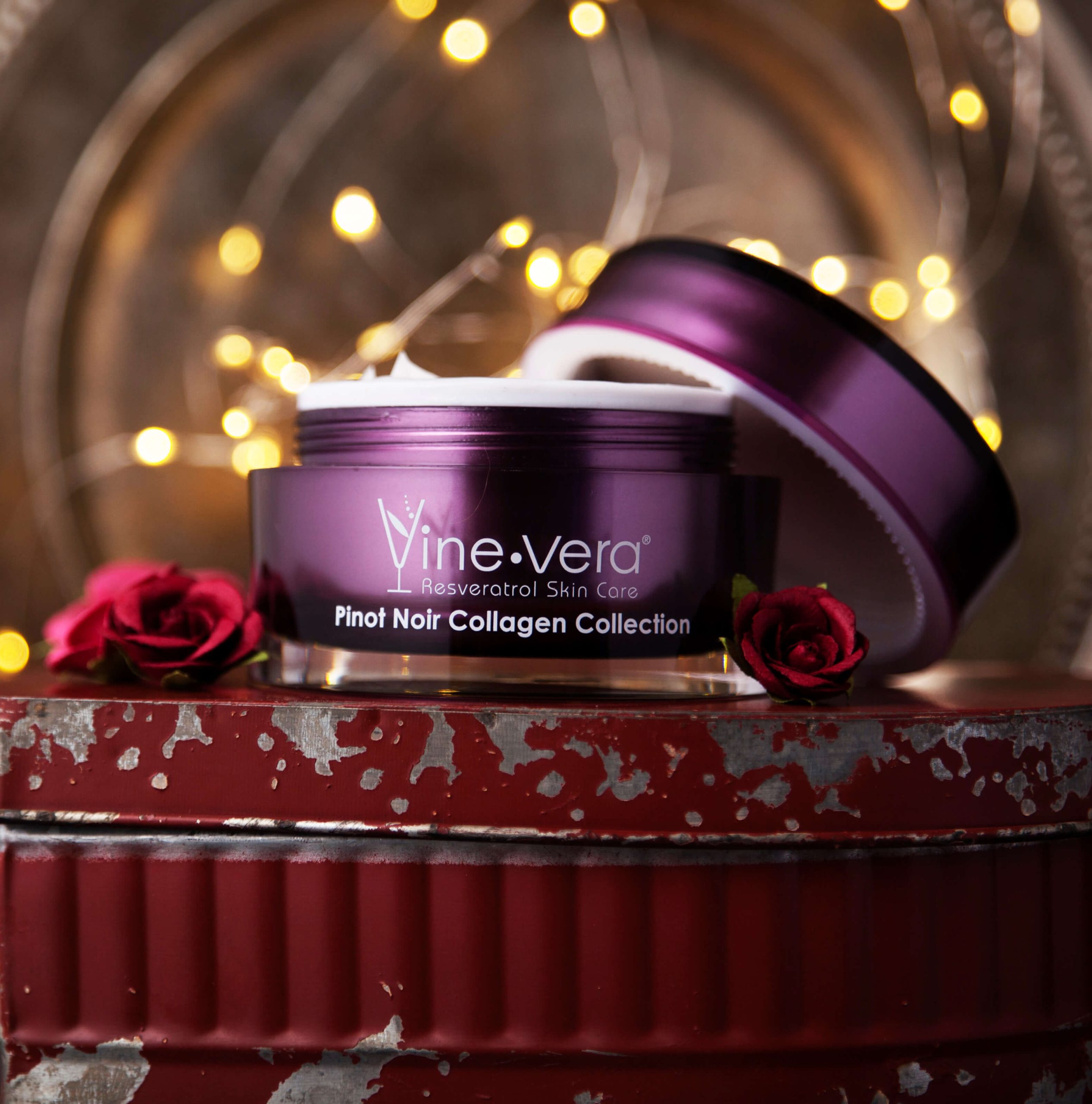
Although face masks aren’t used as often as the skincare products we’ve already talked about, how should they be layered into your skincare routine?
Since face masks are products that are removed from the skin after 15 minutes or so, they need to go near the start of your skincare routine, before you apply any products that remain on the skin. However, if you want your face mask to be as effective as possible, don’t use it until you’ve cleansed your skin. Ideally, exfoliate too. This will make it much easier for the ingredients in your mask to make their way into your skin.
If your face mask is a leave-on formula, like the Vine Vera Resveratrol Pinot Noir Phyto-Silk Mask, it should be applied after you’ve layered on your serums.
How Long Should You Wait in Between Each Skincare Layer?
When you’re layering multiple skincare products, it goes without saying that you shouldn’t immediately apply one after the other. This will only cause all of those products to mix together on the surface of your skin, rendering your layering efforts useless.
Instead, you need to give each product some time to absorb before the next one is applied. How much time? This depends…
When it comes to your toner, this should be applied immediately after cleansing, while your skin is still damp. You then only need to wait a few seconds before layering a serum onto your skin. However, once you’ve applied your serum, wait for 30-60 seconds before following up with either another serum or a moisturizer. Since serums usually contain powerful actives, you want to give these ingredients enough time to dive into your skin. Apply your next product too quickly and you’ll only end up diluting the ingredients in your serum.
In terms of the thicker products in your routine, such as your moisturizer and SPF, these should be fully absorbed before the next thick product is layered on.
Your skin type will also influence how long you should wait in between layers. If you have dry or dehydrated skin, your skin will likely drink up your skincare products much faster than if you have oily skin. You don’t want your skin to completely dry out between layers, so you’ll need to adjust your wait time based on how your skin responds to each product you apply. Experiment with various timings so that you can figure out what suits your skin the best.
Learning How to Layer Skincare Products
As you can see, there’s quite a lot to consider when it comes to layering skincare products. Sure, you could ignore all of the above advice, but this will only affect how well your products work. There’s an art to layering skincare – one that’s well worth learning. Get the order of your products right and you’ll soon find that your entire routine becomes all the more effective.
Click here to check out more bestselling skincare products from Vine Vera.




 A.U.
A.U. B.R.
B.R. C.A.
C.A. M.X.
M.X. C.H.
C.H.


